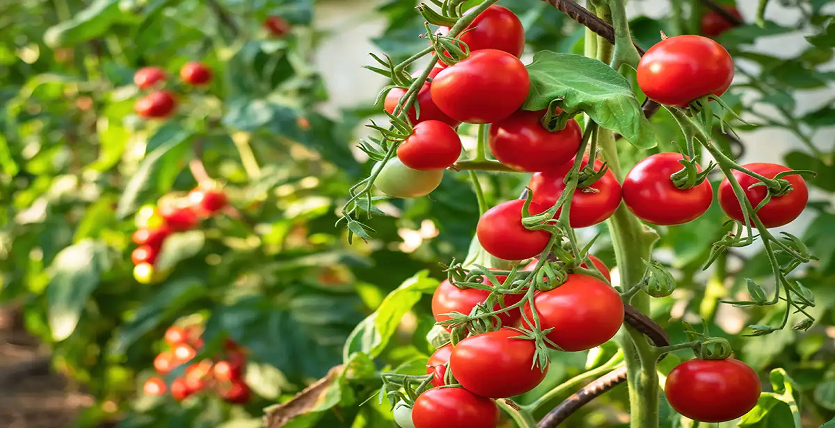The concept of essential elements is the foundation of plant growth and nutrition in plant biology . Scientists Arnon and Stout defined the criteria for determining if an element is essential for plant growth back in 1939. These criteria still apply today and are useful for scientists and home gardeners alike. Micronutrients, although necessary in small quantities But they are essential for the proper growth, development, and physiological functioning of plants. According to the criteria of essentiality, nutrients must meet specific conditions to be considered essential.
Let’s get to it.
According to Arnon and Stout, a nutrient’s essentiality for plants is determined by three criteria.
-
Element Must Be Essential for Growth
According to the first criterion, a component is essential if its absence prevents the plant from going through its entire life cycle.An essential element is required for the plant to grow, reproduce, or function properly in basic terms. For instance, a lack of nitrogen in plants can lead to stunted growth and yellowing (chlorosis), but these symptoms can be reversed by adding nitrogen.
-
Element Must Have a Specific Function
An element must serve a distinct and identifiable function within the plant as a second requirement. This means the element is needed for specific biochemical processes in addition to being essential for overall health. For a part of chlorophyll, magnesium is essential for photosynthesis. The plant can’t photosynthesise without magnesium.
-
Element Can’t Be Replaced
The third requirement states an element can’t be replaced by another important component. No other element is capable of performing the same function. For instance, calcium is irreplaceable in providing structural support for plant cell walls.
Important to note, 17 elements have been identified as essential for plant growth and metabolism. If these elements are absent, plants are unable to complete their life cycle. They are C, H, O, N, P, K, Ca, Mg, S, Fe, B, Mn, Cu, Zn, Mo, Cl, and Ni.
Why These Matter?
When we understand the nutritional needs of plants and address the deficiencies, it’s easier for researchers and farmers. They can ensure plants get the right ratio of nutrients to grow and produce by applying these principles.
Which crops require varying amounts of micronutrients ?
Depending on how sensitive they are to specific nutrients, different crops need varying levels of micronutrients:
Boron: Alfalfa, broccoli and cauliflower have a high requirement for it. Deficiency of boron leads to fruit cracking in horticultural crops.
Copper: The crops most susceptible to copper shortage are wheat grown in the winter and spring. A lack of copper in plants can increase their susceptibility to ergot, a disease that lowers grain yield and quality.
Zinc: Zinc deficiency is frequent in maize and in rice.
Manganese: Soybeans often have low manganese levels.
Ideal time for application : The ideal time for micronutrient application is during the vegetative stage, pre-flowering, and fruit development by foliar application to ensure optimal plant growth, flowering success, and high-quality yield.
Conclusion
By using these criteria we can determine what is irreplaceable and directly involved in metabolic processes and ensure plants get the right balance of nutrients. This is crucial in agriculture where optimizing nutrient availability can mean better crop health, yield and sustainability. They also prevent hidden deficiencies that may go undetected until they affect productivity or survival.

